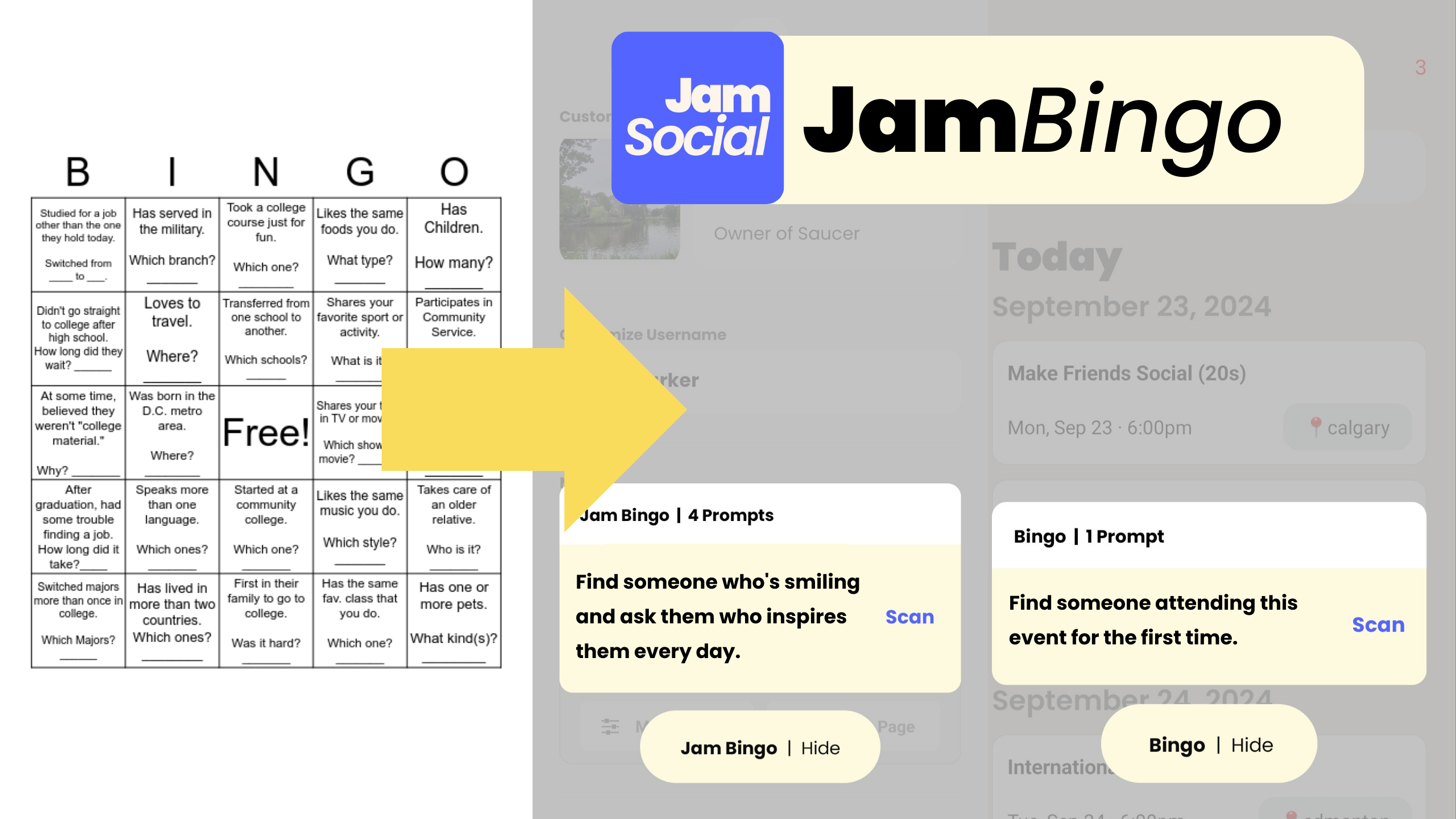
A successful networking event is one where attendees can form genuine connections, whether for business opportunities, referrals, or expanding their professional network. This guide explores what makes a networking event effective and how icebreakers can facilitate meaningful interactions.
Table of Contents
- What Makes a Good Networking Event?
- Common Pitfalls of Bad Networking Events
- The Role of Icebreakers in Networking
- Icebreaker Examples for Networking Events
- Case Studies: Successful Networking Events
- How to Implement Icebreakers at Your Event
🤝 What Makes a Good Networking Event?
The key to a great networking event lies in its ability to foster genuine connections. Attendees want to leave with new contacts, potential business opportunities, or meaningful conversations. A good event creates an environment where mingling feels natural and inclusive, providing attendees with reasons to engage with one another.
- Facilitates organic conversations and relationship-building
- Supports business deals, referrals, or professional growth
- Includes all attendees, from introverts to extroverts
- Provides clear prompts or activities to spark interactions

⚠️ Common Pitfalls of Bad Networking Events
Many networking events fail to deliver because they make it hard for attendees to connect. Common challenges include:
Challenges of Poor Networking Events
- Closed Groups: Attendees who already know each other form cliques, leaving newcomers feeling excluded.
- Lack of Structure: Without activities or prompts, starting conversations feels awkward.
- Low Engagement: No clear way to initiate interactions, leading to disinterest or silences.
- Inefficient Networking: Attendees struggle to find relevant contacts for their goals.
🎉 The Role of Icebreakers in Networking
Icebreakers are essential for breaking down social barriers and giving attendees an excuse to talk. They create a structured yet fun environment where conversations flow naturally. By providing prompts or activities, icebreakers help turn strangers into conversation partners, making networking accessible to everyone, especially introverts.


🎲 Icebreaker Examples for Networking Events
Icebreakers can take many forms, from simple conversation prompts to structured games. For example, digital icebreaker bingo, like Jam Bingo, uses prompts delivered on attendees' phones to encourage interaction. Here are some effective prompts to spark conversations:
- Find someone who works in the same industry as you
- Ask someone about their biggest professional achievement this year
- Find someone who shares a hobby with you
- Challenge someone to share a quick tip for success in their field
- Ask someone about a recent book or article they found inspiring
- Find someone wearing a similar color as you
- Ask someone what skill they're currently learning
These prompts can be adapted to suit the event's focus, ensuring conversations are relevant and engaging.

📊 Case Studies: Successful Networking Events
Professional Conference (150 Attendees)
- Used icebreaker prompts like “Find someone who's attended this conference before”
- Achieved 88% participation, with 75% of attendees reporting new connections
- Facilitated 20+ follow-up meetings post-event
Small Business Meetup (60 Attendees)
- Implemented icebreakers like “Ask someone their biggest business lesson”
- Reduced awkward silences, with 90% of attendees engaging in conversations
- Reported higher satisfaction compared to previous events without icebreakers
📋 How to Implement Icebreakers at Your Event
| Step | Traditional Approach | Structured Approach |
|---|---|---|
| 1. Planning | Design and print prompt cards or materials | Create a list of prompts tailored to the audience |
| 2. Setup | Distribute physical materials to attendees | Share prompts via announcements or displays |
| 3. Participation | Manual tracking with pens or stickers | Encourage attendees to share responses verbally |
| 4. Follow-Up | Collect materials, limited feedback | Gather attendee feedback on engagement |
A good networking event makes it easy for people to mingle, connect, and have meaningful interactions. It gives attendees a reason—and an excuse—to talk to one another.